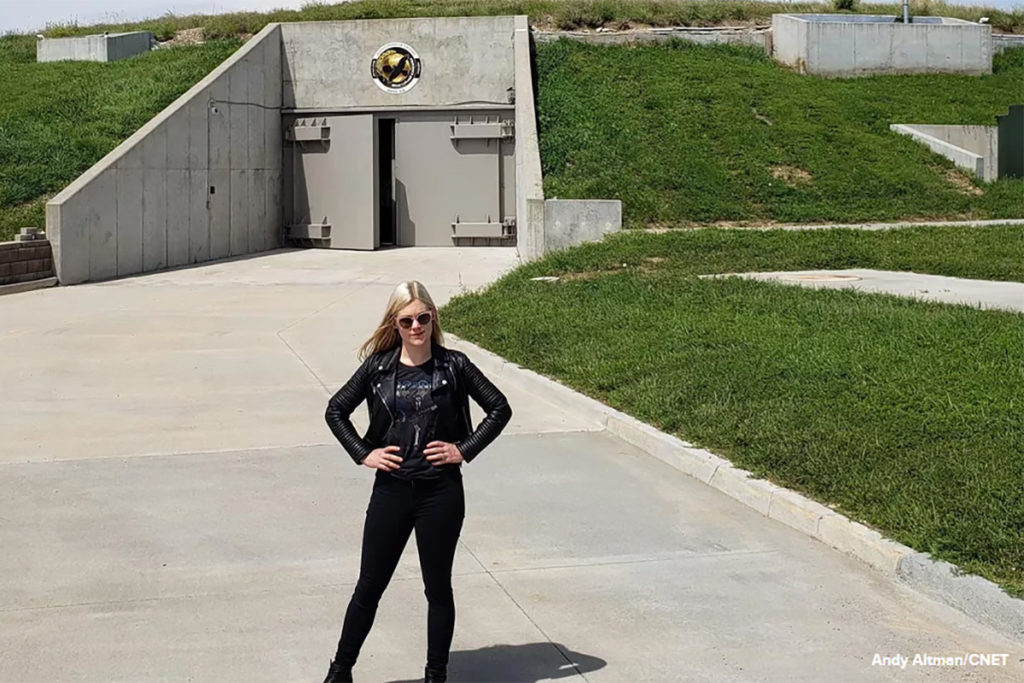When CNET’s Claire Reilly set out to film the popular tech network’s first ever limited docuseries last year, she had no idea how timely something called “Hacking the Apocalypse” would turn out to be.
The six-part series explores everything from cryonics to multi-million-dollar bunkers to robot farmers and more. Think of it as Dirty Jobs meets a high-tech Doomsday Preppers.
We’ve included each of the six videos below, as well as our own descriptions and thoughts of each part of the series.
1. How a supercomputer could end the COVID pandemic
This episode was updated to include information about COVID-19, but also includes eerie pre-pandemic discussions about the possibility of a deadly virus wiping everyone out. But the good news is that scientists are using a supercomputer to simulate the effects of certain drugs on the corona virus. But will it work? Let’s hope so!
https://youtu.be/UrSm5JGeJ98
2. Inside the doomsday bunker for the super rich
Our ’80s post-apocalyptic fantasies all point to a nuclear war doing us in, so holing up in a bunker might be what you’ve imagined yourself doing when the bombs start to fall. This episode explains the science of bomb shelters and showcases an amazing 54,000 sq ft complex that boasts 15 floors stretching 200 feet underground, complete with a library, a school, and even its own beach. It’s like a vertical Snowpiercer.
3. Robots run this farm (and save 95% of the water)
A drought is a very likely end-time scenario, so building ultra efficient robots to take over our farming might make sense. Unless you want Skynet. Because this is how you get Skynet.
4. Ultimate tsunami escape pod survival test
When that mega-tsunami hits, we’re all done for. As we’ve seen with previous tsunamis, the large-scale devastation is real, so it’s a possibility that this might be the way the world ends. But a Seattle entrepreneur has developed a two-person survival capsule made to get us through some of mother nature’s worst scenarios. Claire even takes the pod for a test drive herself, emerging relatively unscathed.
5. Where people go to wake up in the future: Inside a cryonics factory
Did you know that there are currently around 170 clinically dead people (and a dog?) in a cryonic state at the Alcor Life Extension Foundation in Scottsdale, Arizona, just waiting to be brought back to life? If the experiments hold true, Alcor may have to change their name to Vault-Tec when we awaken in 2287 looking for our lost son.
6. Escape the planet: How humans will live on Mars
This final episode explores the idea of living on Mars if jumping ship is the best option for humanity’s future. Claire talks with veteran astronaut Col. Randy Bresnik about the effects of space on the human body and a company called AI Space Factory, who is developing 3D-printed housing for a potential Mars habitat. Granted, the practicality of all of this is basically a billionaire’s wet dream, but it’s interesting to see the possibilities.
Want to stay updated on all things post-apocalyptic? Join our email list here.

